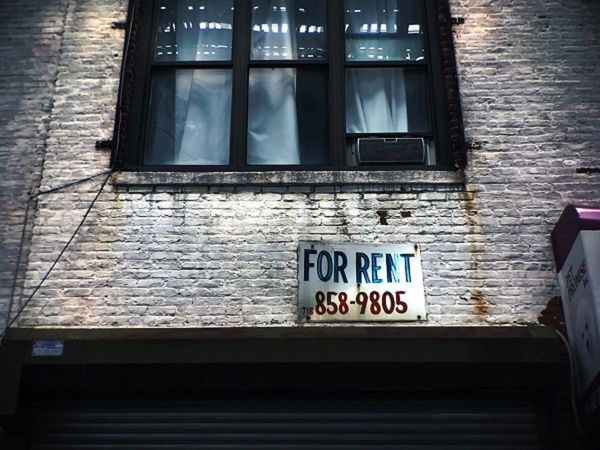
Key Takeaways
- The results of the Landlord Responses to Housing Vouchers study indicate that most opportunity landlords, or landlords in high-rent neighborhoods, screen out prospective tenants who intend to use a federal housing voucher.
- Over the course of the study, landlords responded positively to 49% of tenant inquiries that didn’t mention housing vouchers. They only responded positively to 20% of the inquiries that did.
- The Washington, D.C. policy change that increased the voucher payment cap in some high-rent neighborhoods had little impact on the willingness of landlords to rent to voucher users.
Mechanics
To evaluate the role landlords play in encouraging moves to opportunity, the Landlord Responses to Housing Vouchers study used a correspondence experiment. In the experiment, the researchers responded to rental listings in the D.C. area by sending two waves of fictional inquiries to landlords. During the first wave in 2015, researchers sent 2,668 fictional inquiries to 1,336 real rental listings during the months of May and June. In the second wave in 2017, researchers sent 4,264 inquiries to 1,810 rental listings between July and August. A random selection of these inquiries included language that referenced the intention of using a federal housing voucher. In the first wave, a quarter of the inquiries referenced a voucher, as did half of the inquiries in the second wave. Researchers excluded this kind of language from the remaining inquiries.
Inquiries also randomly revealed information about the fictional applicant. For example, both race and sex were indicated by the names of the inquirers. In addition, some inquiries displayed positive and negative quality signals, such as whether or not the inquirer had good credit or whether or not they were employed.
What We Learned
The results of the Landlord Responses to Housing Vouchers study show that most opportunity landlords, or landlords in high-rent neighborhoods, screen out prospective tenants that reference housing vouchers. Landlords responded positively to 49% of inquiries that didn’t mention housing vouchers—they only responded positively to 20% of the inquiries that did. As rent increases, this gap only widens. The research finds that the difference in positive response rates grows by 0.75 percentage points with every $100 increase in rent.
A policy change in Washington, D.C. that increased the voucher payment cap in some higher-rent neighborhoods increased the willingness of some landlords to rent to voucher users. The number of listings on website that specifically markets to voucher tenants increased by 126% more in the high-rent neighborhoods where voucher payment caps increased than in the low-rent neighborhoods where they were not.
But despite the increase in listings among voucher specialist landlords, the results show that most landlords did not actually become more receptive to vouchers. Overall, paying landlords $450 more per month did not increase positive landlord response rates. Given the margin of error, the study can rule out the gap narrowing by more than 5 percentage points. For the few landlords that did respond positively to the higher rental payments of prospective voucher tenants, researchers identified a few key characteristics—these landlords tended to list their units near market rates, and they also operated smaller holdings.
In 2019, the Federal Reserve Bank of Cleveland published a working paper with the study’s full results.
Where We’re Going
Past studies exploring how best to encourage moves to opportunity have mixed results. This study importantly suggests that, for these kinds of interventions to be successful, landlords have to be engaged. It also highlights a number of new questions. Why is the voucher penalty so large for prospective renters? Are landlords afraid of higher maintenance costs? Do they want to avoid working with the government altogether? Would neighborhood-specific vouchers be more effective in encouraging moves to opportunity? What’s the best way to engage landlords so they will be more willing to accept voucher payments?
This study has pointed to a new, promising direction for policymakers. Still, we need to know more about how and why landlords make the decisions they do. And we need to know how best to encourage them to be responsible and inclusive stewards of opportunity.
Learn with us.